Physics
Sign up for our newsletter
We summarize the week's scientific breakthroughs every Thursday.
-
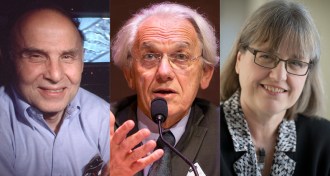 Physics
PhysicsDazzling laser feats earn these physicists a Nobel
The 2018 Nobel Prize in physics went to scientists — including the third-ever female winner — who made optical tweezers and boosted the strength of laser pulses.
-
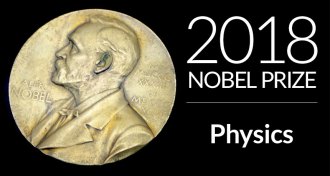 Physics
PhysicsGroundbreaking ways of manipulating light win trio the 2018 physics Nobel
Three scientists, including the third woman to win a physics Nobel, are honored for their laser inventions.
-
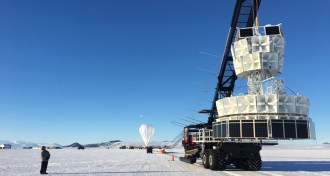 Particle Physics
Particle PhysicsHints of weird particles from space may defy physicists’ standard model
Signals from the ANITA experiment don’t square with the properties of elementary particles cataloged in the standard model.
-
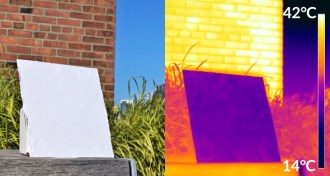 Materials Science
Materials ScienceThis reflective paint could keep sunbaked buildings cool
A new type of polymer coating that reflects sunlight to control heat could supplement or replace air conditioning systems.
-
 Animals
AnimalsManta rays have an unusual mouth filter that resists clogging
Manta rays filter feed differently than other ocean creatures.
-
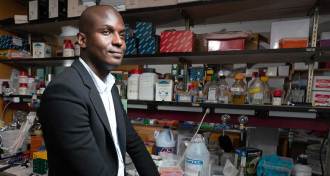 Genetics
GeneticsIbrahim Cissé unlocks cells’ secrets using physics
Biophysicist Ibrahim Cissé finds clues in raindrops and morning dew about how genes are activated.
-
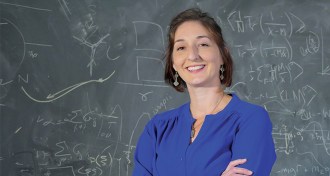 Health & Medicine
Health & MedicineLisa Manning describes the physics of how cells move
Physicist Lisa Manning probes how physical forces influence cell behavior in asthma and other conditions.
-
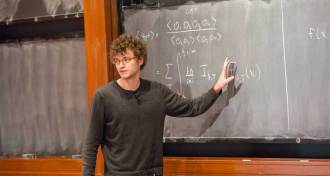 Quantum Physics
Quantum PhysicsDouglas Stanford probes the chaos inside black holes
Theoretical physicist Douglas Stanford is linking some of the most massive objects known to the quantum realm.
-
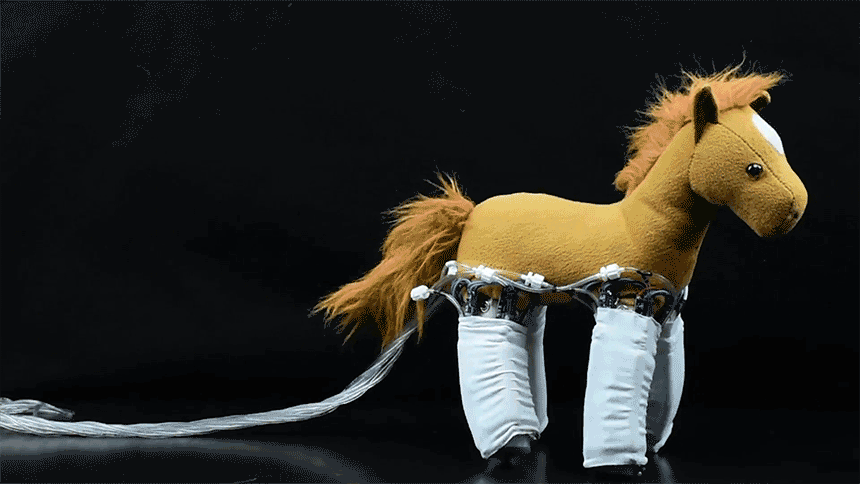 Materials Science
Materials ScienceHigh-tech ‘skins’ turn everyday objects into robots
Robotic skins turn inanimate objects into multipurpose machines.
-
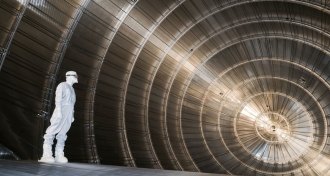 Particle Physics
Particle PhysicsThree new physics experiments could revamp the standard model
New experiments that rely on very large machines have begun to probe the weak points of particle physics.
-
 Science & Society
Science & SocietyReaders focus on fake news, neutrinos, and more
Readers pondered how to effectively combat fake news, questioned the result of a clinical trial, and wanted to know more about neutrinos.
-
 Science & Society
Science & SocietyBuilding big experiments to study very little things
Editor in Chief Nancy Shute discusses our behind the scenes look at the giant equipment used to study the smallest bits of matter.
By Nancy Shute